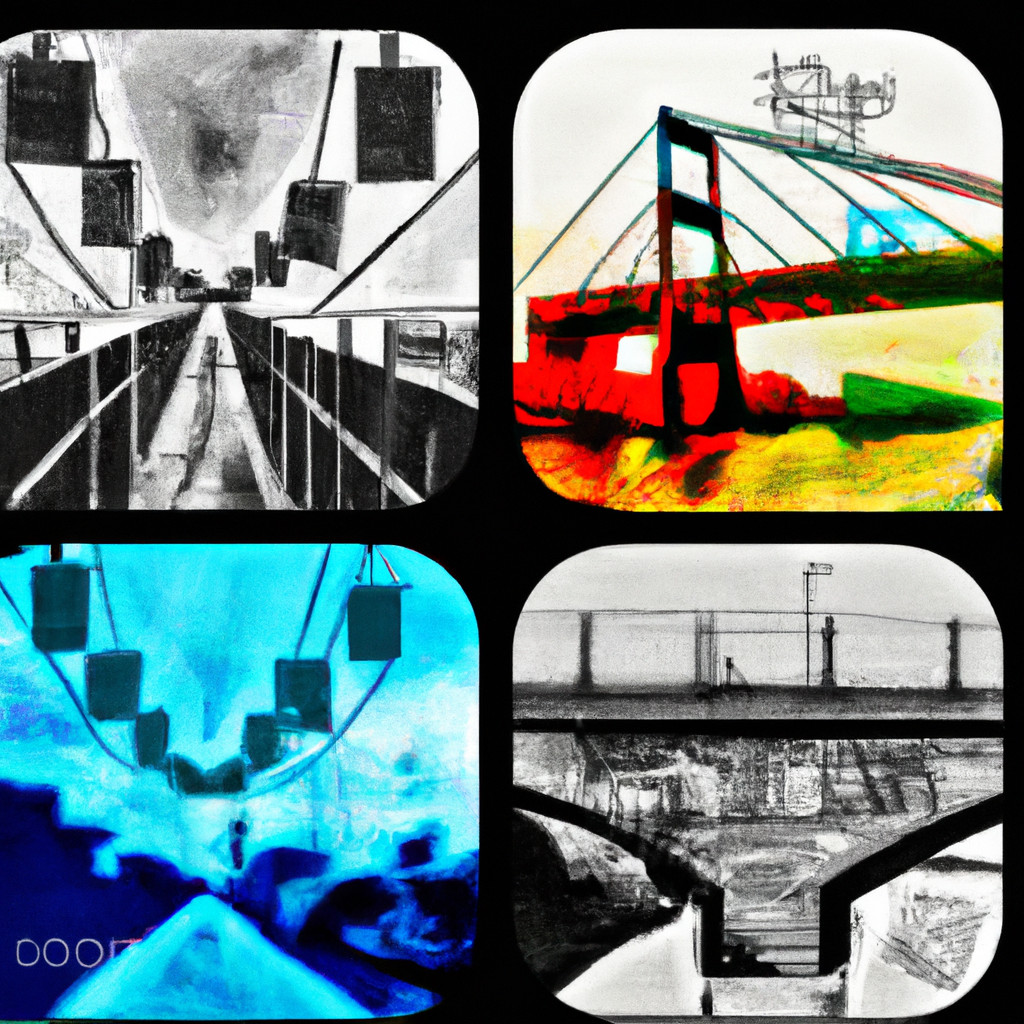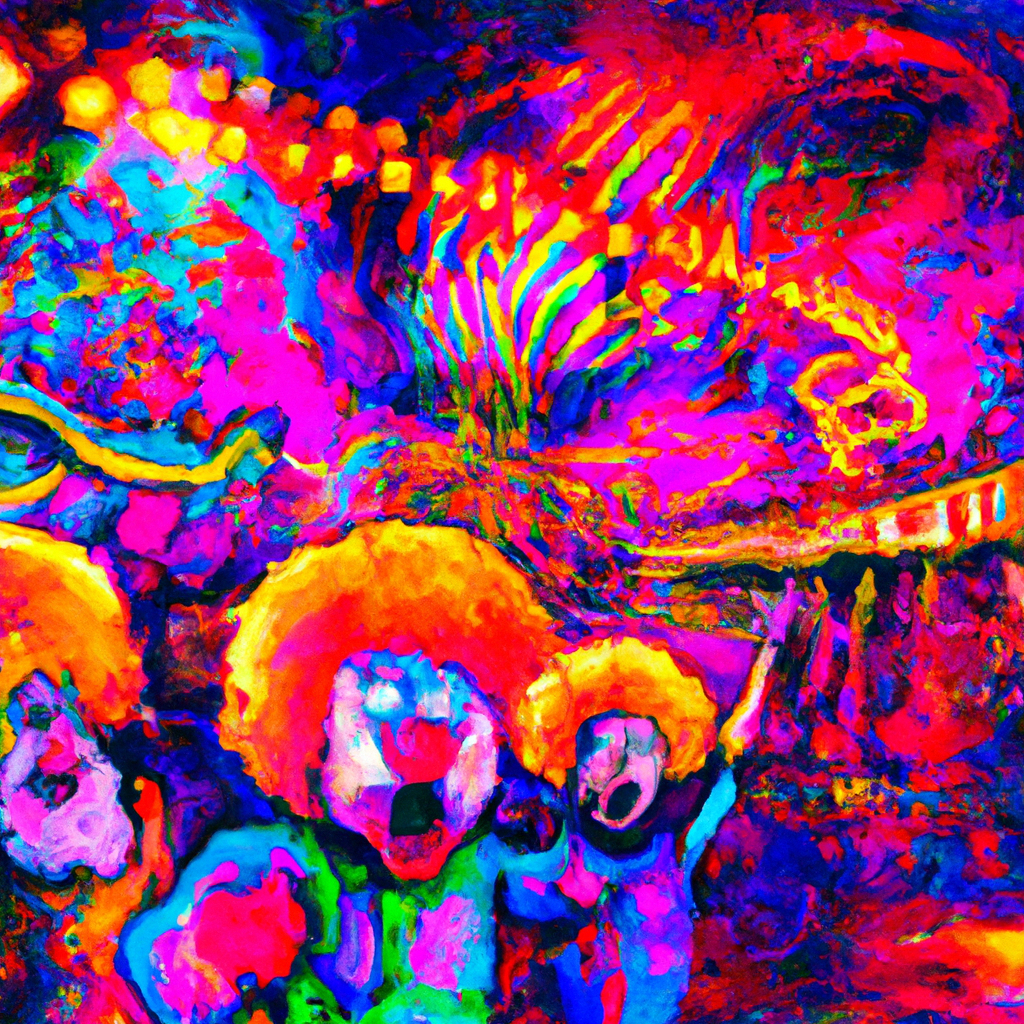In the realm of human constructs, where bridges serve as symbols of connection and division, the Hanapepe Swinging Bridge in Hawaii whispers a tale that swings between fact and folklore. While some see it as a mere passageway, this seemingly mundane structure invites deeper contemplation: What makes a bridge more than just planks and ropes?
The Claim
The Hanapepe Swinging Bridge is often portrayed as an ancient marvel, a relic from 1911 that has withstood the whims of time and nature. However, its charm is not just in its age but in the myths that sway along with it, hinting at secret codes of conduct like ‘no swinging’ and ‘no diving’—rules suggesting a hidden past of reckless abandon.
What We Found
Our investigation reveals that while the bridge indeed traces its origins to 1911, it was rebuilt in 1992 following the devastation of Hurricane Iniki—a fact that’s sometimes glossed over in nostalgic retellings. The bridge’s current restrictions aren’t remnants of a bygone era but rather measures to preserve safety and structural integrity. The allure of swinging on the bridge is as much a product of local lore as it is of reckless tourist behaviour.
Cultural Context or Why It Matters
The tale of the Hanapepe Swinging Bridge is a microcosm of our human tendency to romanticise the past. In a world where bridges are often metaphors for uniting divided populations, this bridge serves as a reminder of the delicate balance between preserving history and ensuring safety. Is the allure of the past so potent that it blinds us to the practical realities of the present? And in our quest for adventure, do we sometimes overlook the very real consequences of our actions?
The Sources
- Atlas Obscura: Hanapepe Swinging Bridge
- Civil Beat: Hurricane Iniki 20 Years Later
- Kauai Government – Hanapepe River Bridge Report
The SaltAngelBlueVerdict
Misleading — The bridge’s legendary status is half-truth, half-myth, with safety measures often mistaken for historical quirks.





